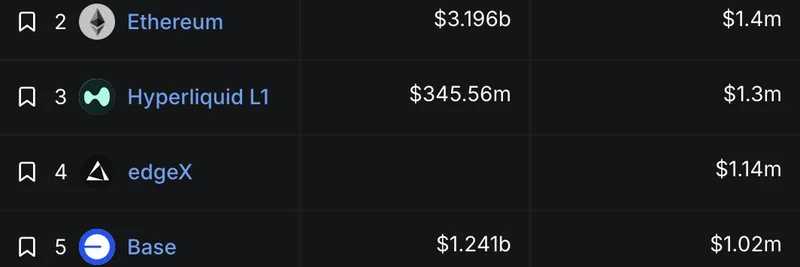Hey there, crypto enthusiasts! If you’ve been scrolling through X lately, you might have stumbled upon a thought-provoking tweet from Kash Dhanda that’s got the community buzzing. Posted on July 27, 2025, at 08:06 UTC, Kash dropped a bombshell: "memecoins are prediction markets for attention." This single line has sparked a flurry of reactions, debates, and even some humor—let’s break it down and see what it means for the world of meme tokens.
What Are Memecoins, Anyway?
For those new to the scene, memecoins are cryptocurrencies inspired by internet memes or quirky ideas, like Dogecoin or Shiba Inu. Unlike Bitcoin or Ethereum, which focus on utility or technology, memecoins thrive on community hype and cultural relevance. Think of them as the playful cousins in the crypto family—sometimes they soar in value, and other times they crash spectacularly.
The Prediction Market Connection
So, how does Kash’s idea tie memecoins to prediction markets? Prediction markets are platforms where people bet on the outcome of real-world events—think election results or stock prices—using financial incentives to crowdsource accurate forecasts. Kash suggests that memecoins work similarly, but instead of predicting tangible events, they gauge what the crypto crowd finds funny, interesting, or “cool” in the future.
In a follow-up reply, Kash elaborated: "prediction markets let you make wagers about the future state of real world events; memecoins let you make wagers about the future state of what trenchers are going to think is funny/interesting/cool." This is a brilliant way to frame it! When you invest in a memecoin, you’re essentially betting on its ability to capture attention and sustain a community, which drives its value.
Why It Makes Sense
Let’s dig into why this theory holds water. Memecoins often skyrocket when they go viral—remember the 2025 frenzy where hackers hijacked government X accounts to promote fake coins like "CUBA" and "MALAYSIA" (Meme coin - Wikipedia)? Their success hinged on grabbing eyeballs, not on any technical merit. Similarly, platforms like Pump.fun on Solana have turned memecoin creation into a game of attention economics, where the most hyped tokens win.
The thread’s reactions back this up. Users like julz.jup playfully urged Kash to “bid the unstable coin,” while others, like dexterrbuilds, agreed with a cautious 90%. Even the humorous GIFs of “It’s what it is” from Ovar_lord hint at the chaotic, attention-driven nature of these assets.
The Risks and Rewards
Of course, this attention-based model comes with risks. The 2025 crash of a memecoin tied to a national project in the Central African Republic, where investors lost $2 billion (Meme coin - Wikipedia), shows how quickly hype can fade. But for the savvy investor, spotting the next big meme trend could yield massive returns—think early Dogecoin holders who rode the wave to riches.
What’s Next for Memecoins?
Kash’s insight opens the door to a new way of thinking about memecoins. As the crypto space evolves, tools like CoinMarketCap can help you track these tokens, while platforms like Meme Insider keep you updated with the latest trends. Will memecoins become a legitimate barometer of online culture, or are they just a wild gamble? The answer might lie in how well we understand the psychology of the “trenchers” Kash mentions.
So, what do you think? Are you ready to bet on the next attention-grabbing memecoin? Drop your thoughts in the comments, and let’s keep the conversation going. For more deep dives into the meme token world, explore our knowledge base at Meme Insider!



, which matches the one provided.***](https://cdn.meme-insider.com/20251105-pump-fun-integrates-moonpay-easier-fiat-onramps-for-solana-memecoins.webp)